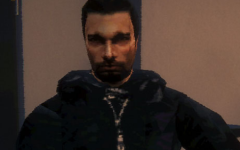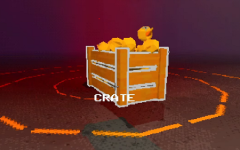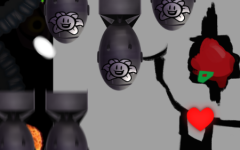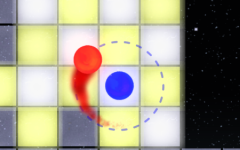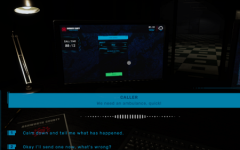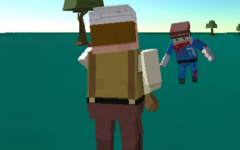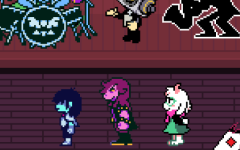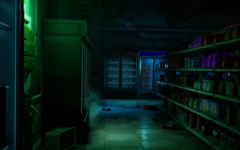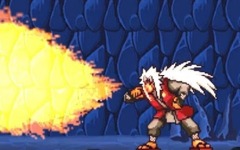Advertisement
How To Break Up With Your Yandere Boyfriend
Advertisement

How To Break Up With Your Yandere Boyfriend puts the player in the position of someone trying to end a relationship that has become increasingly uncomfortable. The game opens on a single evening, with the protagonist arriving at Soren’s home to talk face-to-face. From the start, the conversation feels uneven. The goal is clear: explain that it’s over. But what should be a direct conversation starts to twist as Soren avoids, redirects, or quietly challenges your words. The game frames this moment as both personal and dangerous—not through violence, but through control.
Shaping the Conversation Through Choice
In How To Break Up With Your Yandere Boyfriend, your ability to change the outcome relies on what you say and how consistently you say it. The Determination Meter tracks your confidence and resistance. Each choice either reinforces your intent to leave or allows hesitation to take hold. There are no timed events or action scenes. Everything is built around tone, language, and perception. As the dialogue progresses, How To Break Up With Your Yandere Boyfriend makes it clear that conversation can be a form of resistance—or surrender.
Demo Structure and Narrative Focus
The current demo of How To Break Up With Your Yandere Boyfriend presents a compact experience, focused on a single location and encounter. There are two distinct endings depending on your choices, as well as visual scenes that mark emotional turning points. Though brief, the demo lays a foundation for deeper emotional complexity in future updates. The planned content aims to broaden the scope of the situation and introduce new factors that complicate the protagonist’s choices.
Planned content for the full version of How To Break Up With Your Yandere Boyfriend includes:
- 15 total endings (5 good, 5 neutral, 5 bad)
- Introduction of two new characters: Lars and Princess
- Dialogue variations based on Determination levels
- Additional visual scenes and branching events
- Separate releases for general and adult content
These elements are designed to expand the central conflict without losing the intimacy of the original setup.
Framing Power in a Personal Setting
The core of How To Break Up With Your Yandere Boyfriend is not escape—it’s confrontation. The player must hold their ground through dialogue alone, while facing someone who refuses to accept change. Soren doesn’t become physically aggressive in obvious ways. Instead, the threat comes from his control of space, speech, and emotion. The game never presents a clear line between safety and danger. This ambiguity becomes the tension, and it’s up to the player to decide how much risk they’re willing to take to be honest.























































































































